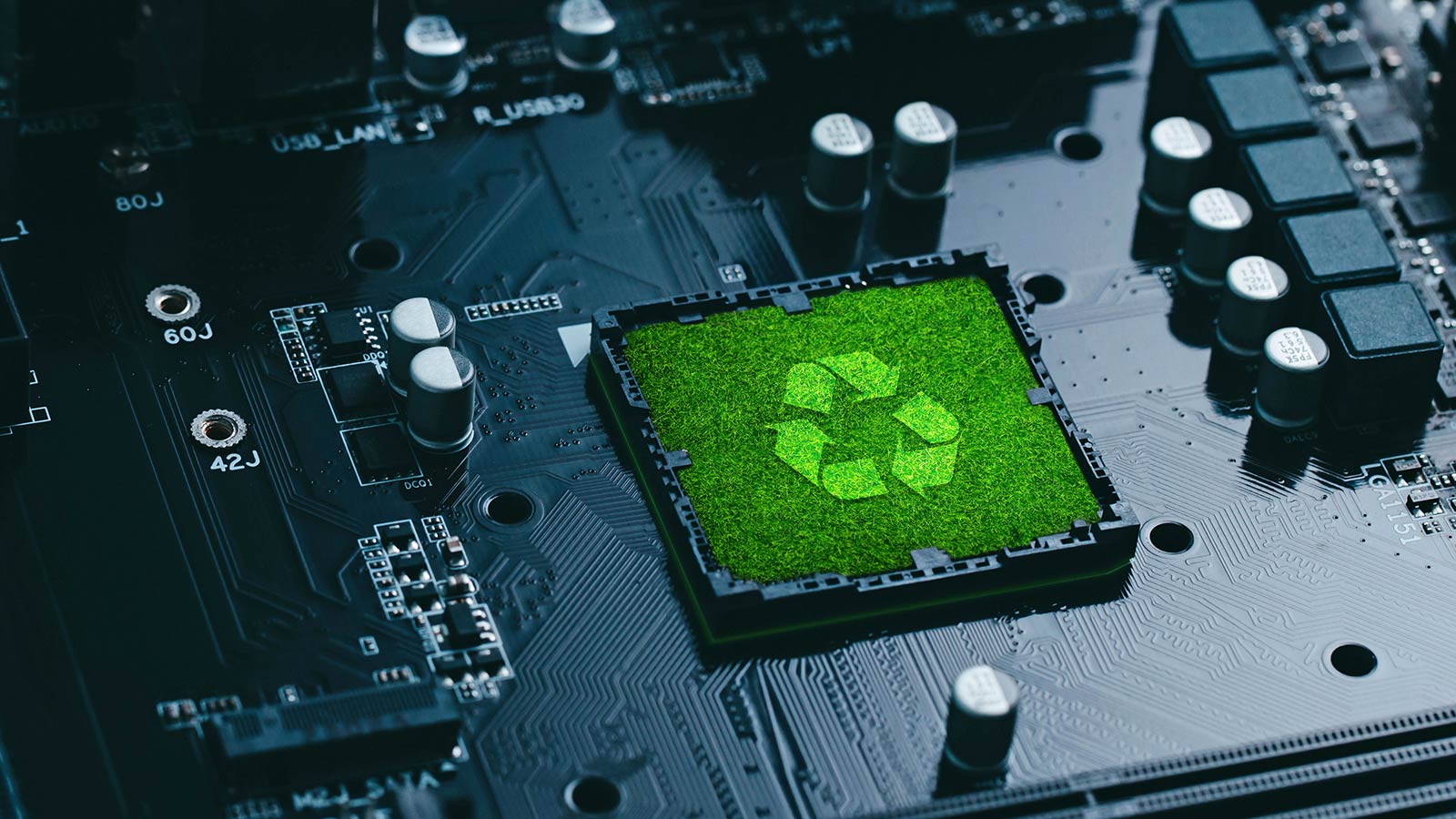Sustainable IT: Aligning Technology with Business and Environmental Priorities
Related
Never miss a thing.
Sign up to receive our insights newsletter.

Sustainability in information technology (IT), often called Green IT or Green Computing, is no longer just about saving energy or compliance requirements. Today, it’s a critical operational priority — directly influencing financial performance, regulatory readiness and risk management.
Organizations that design, use and dispose of technology with sustainability in mind are better positioned to manage climate-related risks, reduce costs, support business continuity and meet rising stakeholder expectations. As digital infrastructure expands, the environmental impact of IT systems is drawing greater scrutiny from regulators, investors and customers alike.
Why Sustainable IT Matters Now
Technology infrastructure is increasingly recognized as a material factor in corporate sustainability. Data centers, hardware life cycles and software systems all contribute to an organization’s environmental footprint. If not properly managed, they can introduce operational risk, regulatory exposure and rising costs.
Energy-intensive IT systems are vulnerable to utility price spikes, supply chain instability and infrastructure disruption from extreme weather events and resource constraints. Meanwhile, investors, customers and employees are applying greater pressure for credible action on emissions reduction, sustainable procurement and circular economy practices. These expectations are increasingly backed by formal sustainability reporting requirements and performance benchmarks.
Regulatory scrutiny is also expanding, with a growing emphasis on the environmental impact of technology operations. Key regulations include:
- Resource Conservation and Recovery Act (RCRA): Governs hazardous waste handling in the U.S., including electronic waste, with penalties reaching $25,000 per violation per day
- Waste Electrical and Electronic Equipment (WEEE) Directive: Mandates the collection, treatment and recycling of electrical and electronic equipment in the European Union
- Basel Convention: Regulates cross-border shipments of hazardous waste, including e-waste; while the U.S. has not ratified the convention, companies exporting to participating countries must comply
- ISO/IEC 27001: 2022 Update: Integrates climate-related risk into information security and risk management frameworks
These pressures are moving sustainable IT practices from an aspirational goal to a necessary component of business strategy, risk management and long-term resilience.
Key Areas of Focus
Energy Efficiency
Reducing energy demand across IT infrastructure cuts both emissions and operating costs. Strategies like optimizing data center cooling, deploying energy-efficient equipment and using virtualization technologies can significantly lower energy use. The U.S. Department of Energy reports that advanced data center energy management can reduce data center power usage by up to 40%.
Renewable Energy
Sourcing renewable energy for IT systems strengthens environmental performance and supports long-term climate goals. Amazon reports over 90% of its global operations are powered by renewables, with a goal of reaching 100% in 2025.
E-Waste Management
In 2023, the world generated over 62 million metric tons of electronic waste (e-waste). Organizations that prioritize responsible disposal and recycling not only reduce regulatory risk but also recover value from decommissioned hardware. Microsoft’s Circular Centers reuse up to 90% of decommissioned servers, while Google reports 96% of its hardware products now include recycled materials.
Sustainable Procurement
Procurement policies that prioritize ENERGY STAR® and Electronic Product Environmental Assessment Tool (EPEAT) certifications help organizations source efficient, low-impact hardware. Working with sustainability-focused suppliers also improves accountability across the value chain.
Smart Technologies and IoT
Smart products and Internet of Things (IoT) devices provide visibility into how systems consume energy. Real-time monitoring enables proactive adjustments and supports more accurate sustainability reporting.
Turn IT Into a Catalyst for Sustainability
When sustainability is built into IT operations, organizations strengthen regulatory readiness, reduce costs and support long-term resilience. Technology becomes not just a business enabler but a driver of sustainable growth.
At Weaver, we help organizations translate sustainability goals into measurable IT results through strategic planning, policy development, performance tracking and continuous improvement. With this in place, IT becomes a core enabler of sustainable business. Contact us to learn how Weaver can support your goals.
©2025
